.png)
By: Robert Avsec, Executive Fire Officer
This article originally appeared March 10, 2015 on Fire & EMS Leader Pro and is used with permission.
If I read one more article or blog post that starts out with something like, “Firefighting has been and always will be a dangerous job and we accept the risks when we take the job…”, I think I’m going to “puke.”
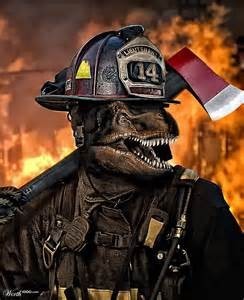
That got your attention, right? So let me get right to my point in writing this piece. Until we stop romanticizing the job of a firefighter with “how it used to be”, we will never get the current and future generations of firefighters to understand—really understand and take it to heart—that when you look at the facts, the vast majority of risks in the business of firefighting should have gone the way of the dodo bird. They should be extinct.
We have the knowledge, skills, equipment and technology to make it so; what we continue to lack is the willingness to let go of the past and lead, guide and direct today’s firefighters into a new era. A new era where:
• Every firefighter, everywhere is seated and belted whenever they’re on a vehicle that’s in motion;
• Every firefighter’s personal protective gear is kept free of the contaminants of fire through proper cleaning after every call;
• Every firefighter wears their breathing apparatus and is breathing cylinder air whenever they are in the hazard area—from initial fire attack through the completion of overhaul;
• Every Incident Commander conducts a thorough size-up of the structure, risk assessment, and develops an Incident Action Plan before they commit personnel to an interior fire attack; and
• Firefighter deaths and injuries are not accepted as the “cost of doing business.”
I could go on and on with additional items for the above list, but I trust you get the picture. We must stop “regaling” today’s firefighters with “how it used to be” out one side of our mouth while we tell them how they should be doing it differently today. We must make it unacceptable for any officer to utter these words to a new firefighter, “You may have learned that in the academy, but here’s how we do it in the real world.”
We will never “get there” if we continue to tell new firefighters one thing while constantly exposing them to seeing something that’s completely opposite. How’s a new firefighter supposed to accept the science that’s telling us that wearing turnout gear that’s constantly contaminated has a very real potential for causing cancer later in their life when their instructors in the academy wear turnout gear that’s severely discolored by contaminants and the faceshield on their helmet has been disfigured by heat and smoke?
How’s a new fire apparatus driver/operator supposed to accept the department’s policies on safe, effective, and efficient driving during response to emergencies when their officer and fellow firefighters are constantly reinforcing the “importance” of getting there fast because “seconds count”? Because “company pride” at being first in and getting first water on the fire is at stake with every call? Don’t believe me? Take a look Dr. Burt Clark’s excellent video on the subject, American Fire Culture: Needs Gene Therapy. I strongly urge you and everyone you know to view this video and the profound messages that Dr. Clark presents.
We will never get to a “new era” of firefighting until we make the “new ways” the new normal. I wrote on this concept in a previous blog in this space, Changing the Fire Service Culture. In that piece, I wrote how true changes in culture do not take place because we tell people to do things differently and their inherent good nature will cause them to change their behavior. Instead, true change occurs because the “new” becomes the socially acceptable “norm”.
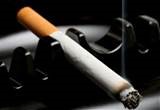
Since the release of the U.S. Surgeon General’s 1964 report on the dangers of cigarette smoking, the American public has been well aware of the dangers of smoking to public health and the financial impact on our healthcare costs from treating smoking-related illnesses. Did people suddenly quit smoking because they did not want to get sick and die? No, they did not. Smoking rates in the U.S. did not start to decline at any meaningful rate until it started to become socially unacceptable to smoke in public setting.
If we want to make unsafe firefighting practices and operations a thing of the past, we must start taking steps to make them “socially unacceptable” to the members of the American fire service. We can only do that by first stopping our “romanticization” of our firefighting past and accepting nothing less than total commitment to moving forward to embrace the use of new information, equipment, and technologies to make the job safer, more effective, and more efficient.
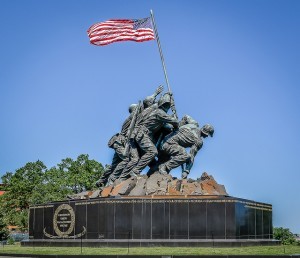
Don’t believe me that we can do this? I look no further than the brave men and women of our military forces, particularly the United States Marine Corps. Probably no organization takes more pride in its past and celebrates the sacrifices and successes of its members than the Marine Corps.
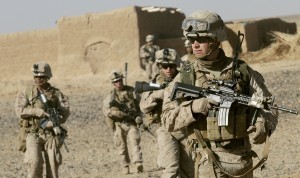
But look at photographs of today’s Marines in combat operations in far away places like Afghanistan and Irag and compare them to Marines in combat operations during World War II in places like Guadalcanal and Iwo Jima. Do you think for one minute that a Drill Instructor at Paris Island would tell a group of Marine “boots” how they wished the Marine Corps hadn’t become so “pussified”?
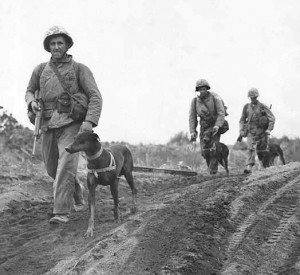
Do you think for one minute that a Company Commander in Afghanistan would tolerate for one minute any of their personnel going on a combat patrol without ALL of their personal protective gear on and in good working order? Do you think that Company Commander would tolerate for one minute any of their subordinate Squad Leaders not following their mission guidance for the combat patrol?
We can change our fire service culture for the better. The only question is, do we really want to?
Have a question for At the Ready Thought Leadership? Email: mailbag@atthereadymag.com
About Your At the Ready Though Leadership Columnist
Batt. Chief Robert Avsec (Ret.) served with the Chesterfield (Va.) Fire & EMS Department for 26 years. He was an instructor for fire, EMS, and hazardous materials courses at the local, state and federal levels, which included more than 10 years with the National Fire Academy. Chief Avsec earned his bachelor’s degree from the University of Cincinnati and his master’s degree in executive fire service leadership from Grand Canyon University. He is a 2001 graduate of the National Fire Academy's EFO Program. Contact Robert at Robert.Avsec@FireRescue1.com.








